Clean Eating 101: A Beginner's Guide to Healthy Eating
Eat better and healthier
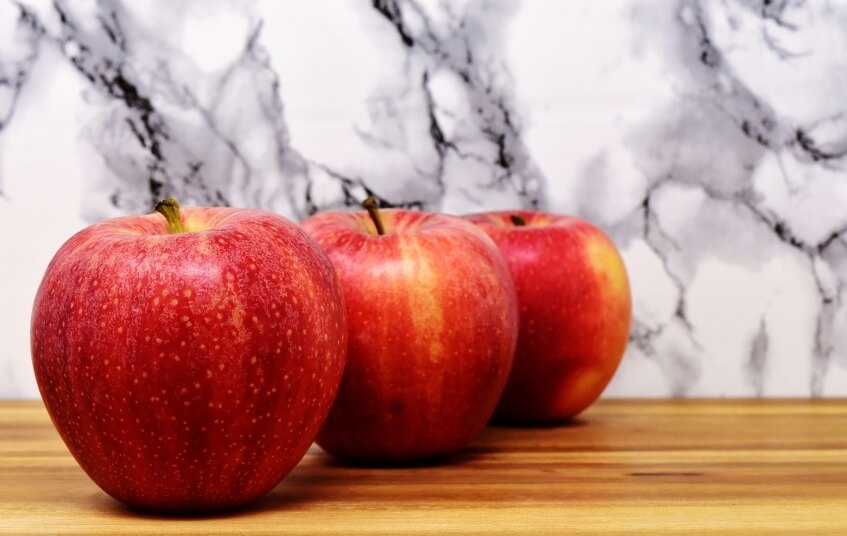
Share
Basically, it implies eating as much whole foods as possible, preferably unprocessed and in their most natural form. Today, industrially processed foods are so complex that it is very hard to decidedly switch towards natural food.
Still, the positive health benefits of clean eating are tremendous. Famously, the actress Gwyneth Paltrow is a strong proponent of clean eating, while David Duchovny (who played Special Agent Fox Mulder in The X-Files and Hank Moody in Californication) is a dedicated pescatarian. Here is a beginner’s guide that will help you eat better and healthier.
1. Limit Sugar Intake
While most people do not outright eat raw sugar, you can find sugar in the foods you least expect, like French fries and tomato sauce. Even supposedly healthy food, like plain yogurt, contain added sugar.
Cutting down on sugar intake is essential when it comes to following a clean diet. Limit products such as soda, candy bars and baked goods only for dessert, and do not substitute lunch or dinner with them. Also, look carefully at the label and the amounts of sugar said product has.
Don’t worry about natural sugars found in fruit and dairy, because they come with protein, fiber and fat that protect the body from rising insulin levels caused by sugars. If plain fruits are not your thing, drinking a smoothie in the morning is better than eating chocolate bars or cereal. Make sure to use a high-quality smoothie maker and you’ll be able to prepare a delicious healthy banana and peach smoothie.
2. Be Careful About Sodium
Sodium is an element usually found in salt. The recommended daily intake of sodium must not exceed 2,300 milligrams a day, or approximately one teaspoon of salt. For people over 50 or for those who have diabetes, chronic kidney disease or have high levels of blood, the intake should be limited to 1,500 milligrams per day.
Avoiding or at least limiting the consumption of processed foods will automatically reduce your intake of salt. Packaged foods, for example, have high amounts of added salt in order to extend its expiration date. They also have more sodium than their homemade variants.
A simple tip to minimize salt consumption is using vinegar, citrus, herbs and spices like oregano and vinegar. Not only are they healthier, but they accentuate the flavor of the food even more dramatically than plain salt.
3. Consume Less Meat
Consuming less meat does not mean you have to go full vegan and avoid it altogether. Clean eating and veganism are not mutually dependent. Still, excessive meat consumption is linked to an increased risk of developing heart diseases, weight gain and high blood pressure. But like everything related to nutrition, if consumed in moderation, the negative health effects of meat are minimal.
Still, long term, eating more plant matter than meat is recommended. Plants have the benefit of providing the body with tons of fiber, vitamins and minerals.
If you find yourself unable to cut down your meat consumption, switch from processed meats like sausages, bacon and cold cuts to natural meats, like tinned crab meat. It contains a wide variety of vitamins, minerals and fiber, such as copper, iron, phosphorus, magnesium and calcium.
4. Switch to Whole Grain
Unprocessed whole grains are essential elements of a clean diet. Whole grains are healthy for you in a lot of ways – they contain fiber, B vitamins (niacin, folate, riboflavin and thiamin) and minerals (selenium, magnesium, iron). As a result, diets that contain whole grains reduce constipation, lower the risk of heart diseases and regulates the levels of cholesterol in blood. They also boost the immune system thanks to selenium.
For regulating weight gain, whole grains offer the feeling of fullness upon consumption. A recommended tip is to segment your food servings into half whole grain, half whatever healthy food you prefer.
As always, make sure to read the label on the product carefully. Check the ingredient list if there are any added sugars or fibers. Switching from refined carbs such as white bread, sugar and white pasta will not only help you keep the weight off long term, but it will provide the body with the necessary antioxidants and phytonutrients that fight off and reduce inflammations.
5. Focus on Produce
Following a diet based on fruits and vegetables is undeniably the best way to eat clean. There are many benefits to consuming high amounts of produce. The risk of type 2 diabetes, heart diseases and obesity are greatly reduced, while the fiber prevents autoimmune diseases by aiding the microbiomes in the gut with the necessary nutrients. They can also improve the mood.
Conclusion
Switching, or at least periodically practicing a clean diet is essential to the body’s overall health. Studies show that consuming healthy foods, such as wholegrains, fruits, vegetables and fish reduces risk of death, thus increasing our life-spans.
Sources
1) https://www.ncbi.nlm.nih.gov/pmc/articles/PMC5748742/
2) https://www.fda.gov/Food/ResourcesForYou/Consumers/ucm315393.htm
3)https://www.ncbi.nlm.nih.gov/pmc/articles/PMC4597475/
https://www.checkyourfood.com/
5) http://www.who.int/dietphysicalactivity/publications/trs916/en/
https://www.ncbi.nlm.nih.gov/pmc/articles/PMC4034518/
Love this? Get blogs and more in your inbox
Subscribe to receive our blogs plus each weeks featured ingredient, recipe and nutrient in your inbox
Thank you for registering

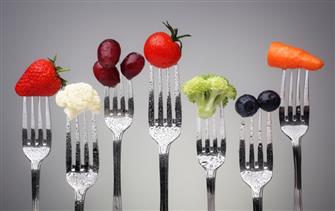 About nutrients
About nutrients
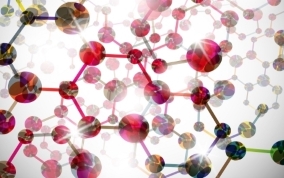 All nutrients
All nutrients
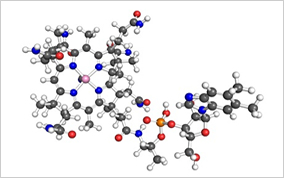 vitamins
vitamins
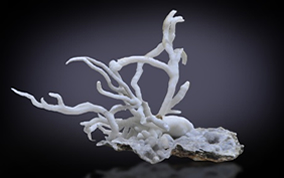 minerals
minerals
 phytochemicals
phytochemicals
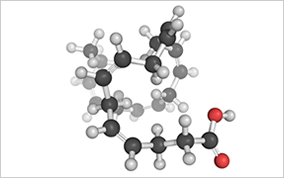 fatty acids
fatty acids
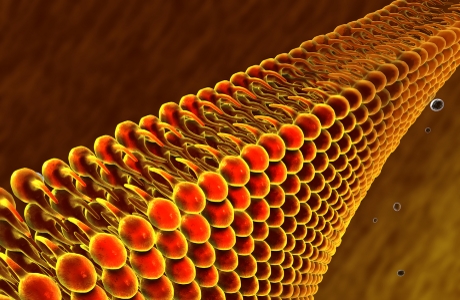 macronutrients
macronutrients
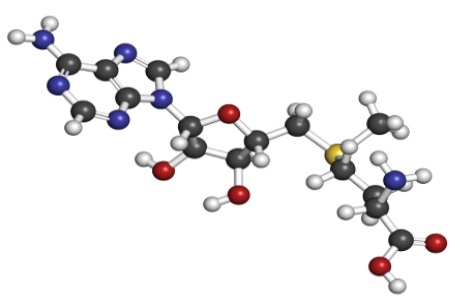 amino acids
amino acids





